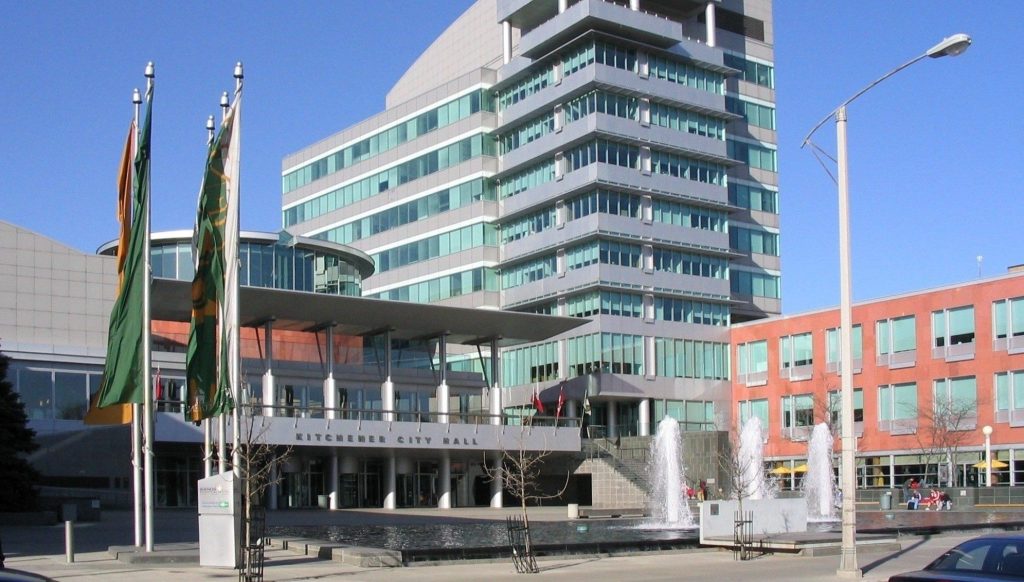New planning rules unanimously approved by Kitchener council

Posted Mar 19, 2024 02:48:32 PM.
Last Updated Mar 19, 2024 02:50:09 PM.
Additional steps have been taken in the City of Kitchener to address the housing crisis within major transit areas.
Kitchener council worked into the early morning hours of Tuesday to unanimously approve its new ‘Growing Together’ policy framework and to introduce a phased introduction of inclusionary zoning.
The ‘Growing Together’ plan will allow for more than 100,000 homes to be built of all shapes and sizes with at least 20,000 of those new homes to address “middle missing” forms of housing.
It’s being touted as one of the most ambitious plans for transit-oriented housing designs in the country by the city’s mayor.
“Leading the way nationally with this first of its kind planning framework builds on the planning leadership continually shown by Kitchener Council. The issues of housing supply, housing affordability and climate change are so critical that the time is now to take the leap and establish a new set of rules for growth and change that will see us build a city for everyone where, together, we take care of the world around us – and each other,” said Vrbanovic.
Scott Davey is the Ward 1 councillor for the City of Kitchener and he told The Mike Farwell Show Tuesday that it’s a bold but innovative strategy to address the housing crisis.
“It’s been a number of years of work,” said Davey. “I look at it at addressing the housing situation in general that we have. The general supply issue means we don’t have enough homes in our country, province and even acutely in our region to address the costs that people have. When you have too few homes and too many people that want homes, the prices go through the roof.”
Davey said governments at all levels need to do what they can to increase that supply. He believes that’s the only way to make sure housing prices stay in check and are affordable for the general population.
The bylaw will require private developers to include a certain percentage of affordable units within new multi-unit housing developments around major transit areas through the city. As many as 4,500 affordable units will be secured under inclusionary zoning.
Davey added that the inclusionary zoning bylaw should not be looked at as a panacea but more so a useful tool to have set rents based on income.
“It really has developers come to the table and set aside a percentage of units in their larger buildings around our major transit station areas that are dedicated to affordable housing.”
This type of strategy had Davey concerned at first because there wasn’t a lot of research or data available. There were also concerns around potentially deincentivizing developers actually being able to build.
“The reason I’m comfortable with it is because we did pass it in tandem with this ‘Growing Together’ legislation that really lets us properly zone all of those areas around the major transit station areas,” he said.
Davey said he hopes that all other municipalities adopt an inclusionary zoning bylaw to make sure everyone is all on the same level playing field going forward.








